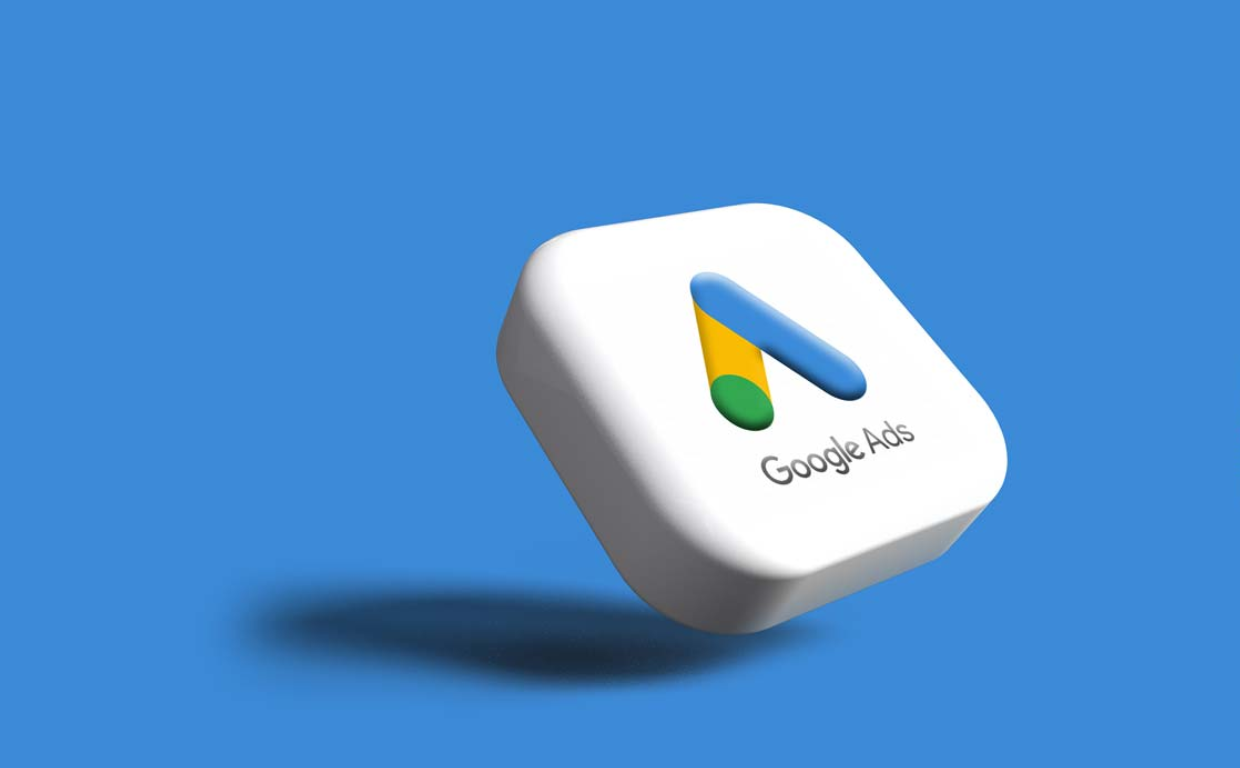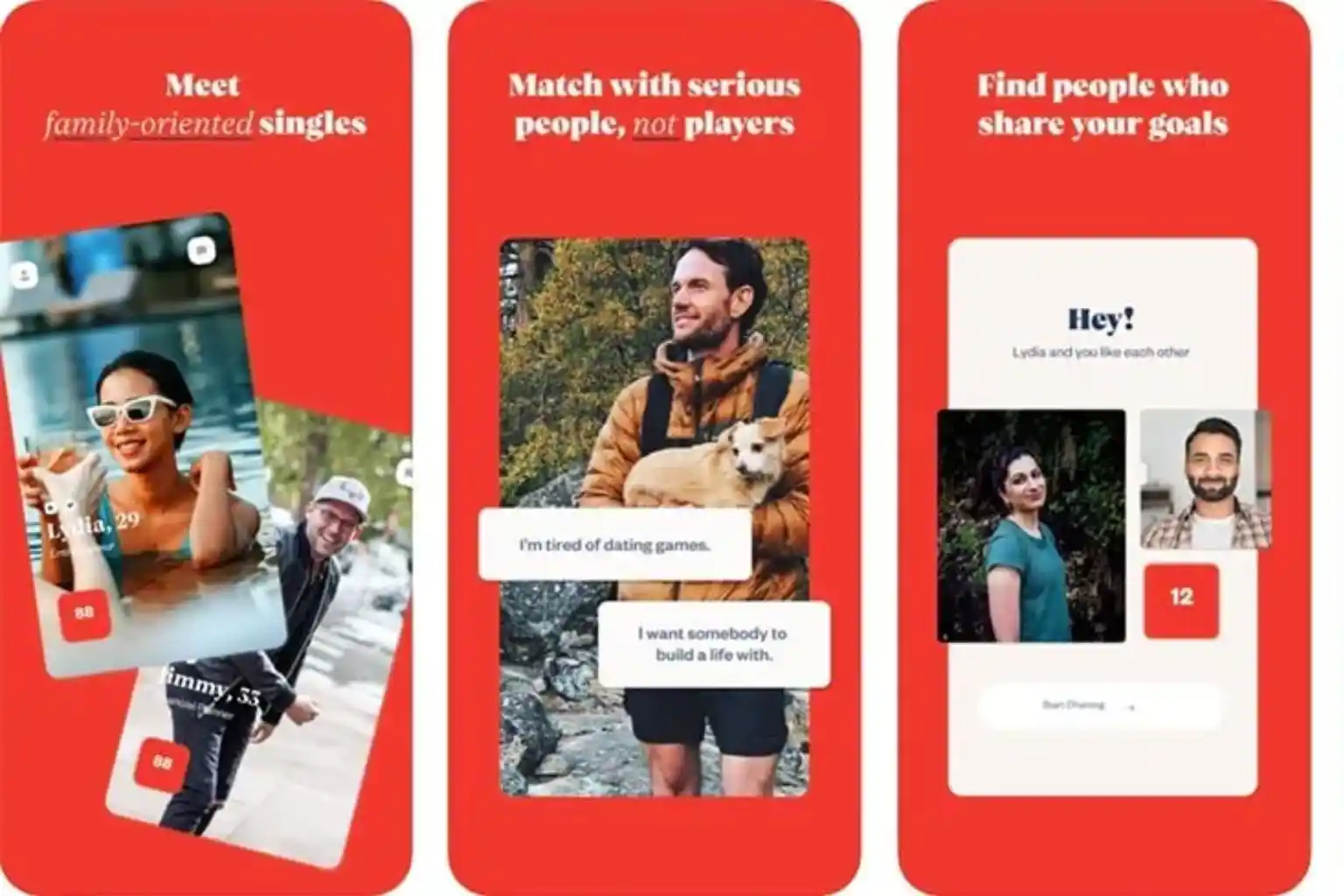
Google Ads and Social Media Ads are powerful marketing tools but serve very different purposes. Understanding their differences helps businesses craft smarter advertising strategies for better returns.

Audience Targeting Approach
Google Ads primarily target users based on keywords they search, focusing on immediate intent and need fulfillment.
Social Media Ads target users based on demographics, interests, and behavior, capturing attention even before a need is expressed.
While Google connects you to active seekers, social platforms connect you to potential customers passively browsing.
Choosing the right platform depends on whether you want to capture demand or create it.
At Mahi Media Solutions, we tailor ad strategies based on your business objectives and audience behavior.
Learn more about targeting strategies in this Google Ads resource.
User Intent and Engagement
In Google Ads, users are actively looking for solutions, making clicks more conversion-ready and urgent.
Social Media Ads reach users in a discovery mindset, requiring more engaging visuals and messaging to trigger interest.
Conversions from Google Ads often happen faster, while social media campaigns nurture interest over time.
Understanding this difference is key to setting realistic expectations for lead quality and conversion rates.
We help businesses build cross-channel strategies that align intent with engagement for maximum results.
See how social media drives awareness in this Facebook Ads guide.
Cost Models and Pricing
Google Ads usually operate on a pay-per-click (PPC) model, where you pay only when someone clicks your ad.
Social Media Ads offer multiple pricing options like CPM (cost per 1000 impressions) and CPC (cost per click).
In competitive industries, Google Ads clicks can be more expensive due to high-intent bidding wars.
Social platforms often offer cheaper awareness-building campaigns, but direct conversions might require retargeting strategies.
We optimize ad spend across platforms to ensure the highest return on your advertising investment.
Understand ad pricing better with this WordStream article.
Ad Formats and Creativity
Google Ads focus mostly on text-based formats, search listings, shopping ads, and video pre-rolls on YouTube.
Social Media Ads offer highly visual formats like carousels, stories, video reels, and interactive posts.
Visual storytelling is essential on social media, while strong copywriting dominates Google search ads.
Both platforms allow dynamic ad formats that personalize content based on user behavior and preferences.
Our creative team designs high-performing ads tailored to each platform’s best practices and audience expectations.
Explore ad formats in more depth on Instagram for Business.
Tracking ROI and Performance
Google Ads provides detailed performance metrics like quality scores, conversion rates, and search impression share.
Social Media Ads offer insights into engagement metrics such as likes, shares, comments, reach, and click-through rates.
Google Ads focus on bottom-funnel performance, while social ads are often better measured by brand lift and top-funnel engagement.
Proper tracking setup, like conversion pixels and UTM parameters, ensures you measure true ROI across channels.
We implement detailed tracking solutions to give you full visibility into your campaign’s real impact.
Learn more about tracking success with Google Ads Conversion Tracking.
Best Use Cases for Each Platform
Use Google Ads when you want to capture users who are already searching for your products or services.
Use Social Media Ads when you want to build brand awareness, promote lifestyle products, or engage audiences creatively.
High-ticket B2B services often see quicker leads from Google, while B2C lifestyle brands flourish with social exposure.
An integrated approach often works best, where Google and Social Media complement each other across the buyer’s journey.
We craft customized ad strategies that combine the strengths of both platforms for your business growth.
See examples of integrated advertising success stories on HubSpot Marketing Statistics.





